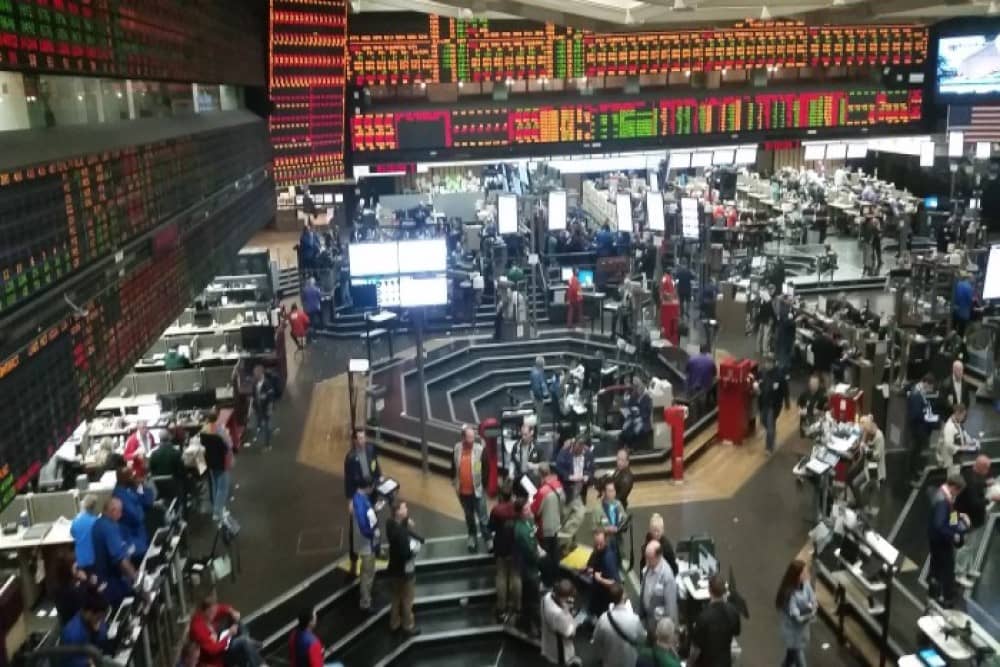
Tyson Foods Inc. (TSN) is one of the largest food producers in the world, known for its chicken, beef, and pork products. For investors, the company’s size and reputation may make it an attractive option, but like any investment, there are pros and cons to consider.
Everybody likes to invest in names they are familiar with. Tyson Foods has strong brand recognition and is a well-known and respected brand in the food industry. Tyson has a diverse range of products including chicken, beef, pork, and processed foods. This diversification can help the company weather changes in consumer demand and shifts in commodity prices. During a recession, people may move from the more expensive beef to the less expensive chicken or pork. Tyson is there for all of these.
However, Tyson is vulnerable to commodity price fluctuations. Tyson is very exposed to higher grain and livestock feed prices, which we have had over the last year. This has hurt earnings in the last year and is one of the reasons for the price drop in Tyson’s share price. Also as a food producer, Tyson is subject to food safety issues. These can harm its reputation even if no major illnesses occur. As for changing tastes, there are new, plant-based proteins being developed that could cut into the sales of real meat which Tyson produces.
Tyson is trading at about $58.50 recently. It hit a high for the last year in April 2022 of $99.54 and is bouncing off its 52-week low of $56.07 which was as recent as March 15, 2023. The Price Earnings ratio is sitting at 8.70, compared to its 5-year average of 8.21. The PE is probably higher because the earnings (E) has decreased instead of the price (P) increasing. The earnings growth over the last year has fallen by 33%, most likely by the high grain and feed prices cutting into Tyson’s profits. The company has missed estimates for the last three quarters.
Tyson has a dividend yield of 3.28%, paying out 48 cents per quarter, which is higher than the industry average of 2.7%. Tyson does have a 5-year dividend growth rate of 15.6% although it was only 3.6% this past year.
Tyson may be a company to watch for your portfolio. It has had a hard time adjusting to the cost of its inputs, namely grain and feeds, and has not been able to pass through all of the extra expenses in its sale prices. If feedstock prices come down, this may give Tyson some extra margin on its profits. We all know that once grocery prices rise, they are more slow to come back down so Tyson should get some benefit from this.
Yahoo Finance has a one year price target of $67.00 for Tyson, while Zachs.com shows a target range of $56.00 for a low up to $75.00 for a high. At this point, there does not seem to be a great deal of anticipated upside to Tyson, and the dividend is not compelling enough to jump in right now. If you are interested in Tyson as an investment, watch it for a while and keep an eye on its input costs (grains and feeds). If these costs start dropping, it might be worth starting a position.
As always, do your own due diligence before investing. Full disclosure, I do own a small position in Tyson Foods. Sources include Fidelity, Yahoo Finance, Zachs and Seeking Alpha.
(Intentional Investing is a weekly column written by Kyle Smith from Floyd County, TX, based upon his investment knowledge and does not represent the views or opinions of the Floyd County Record)




